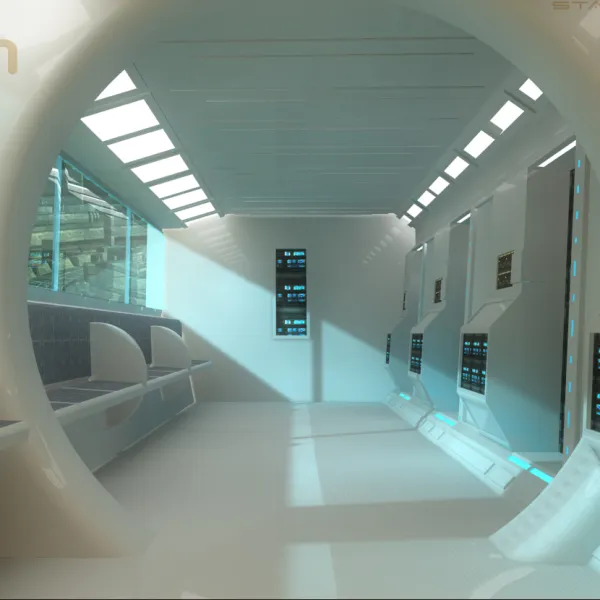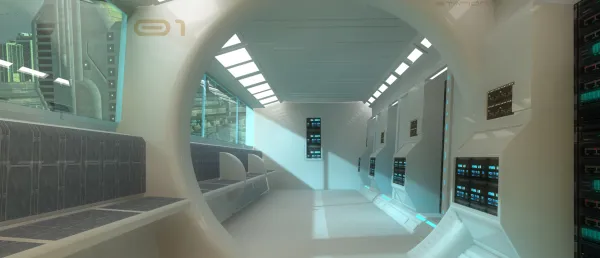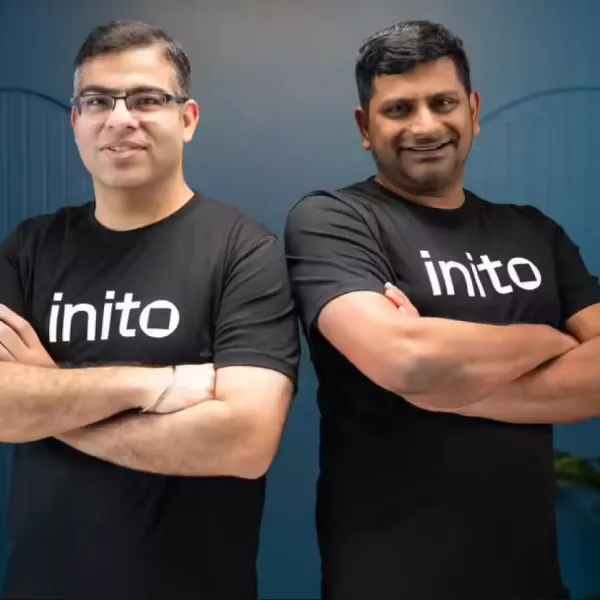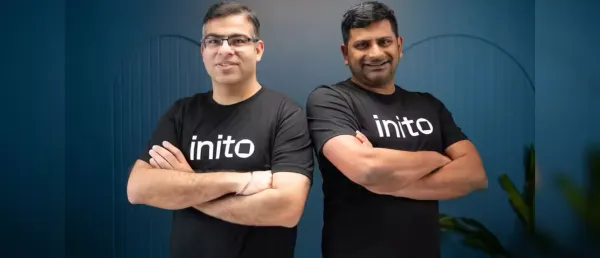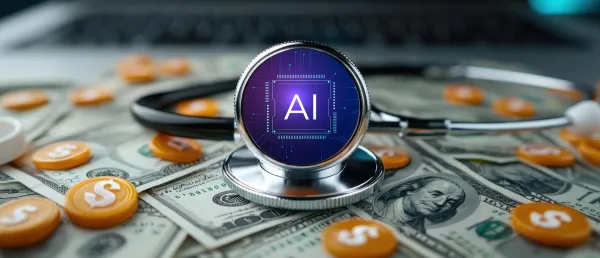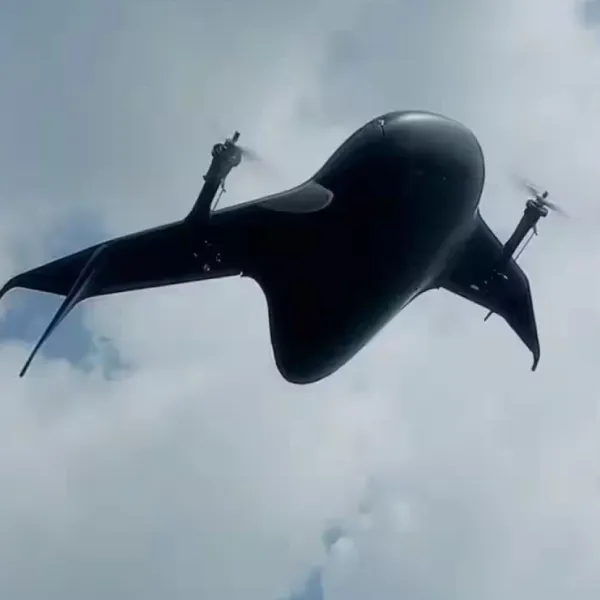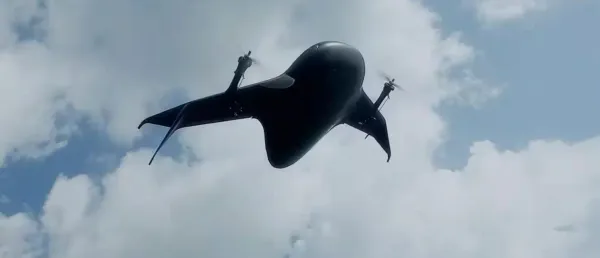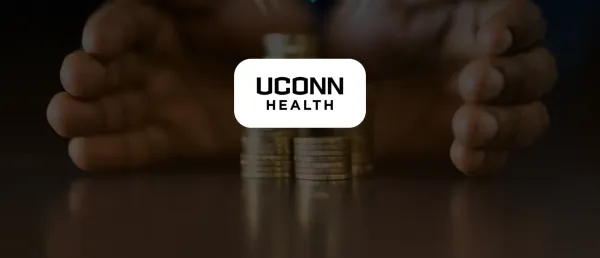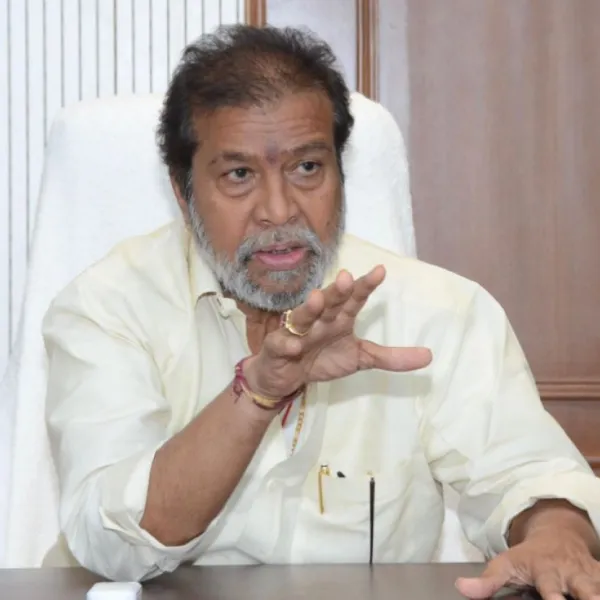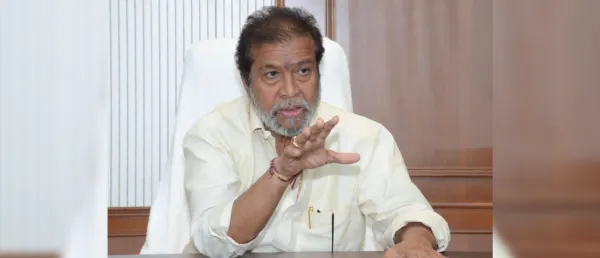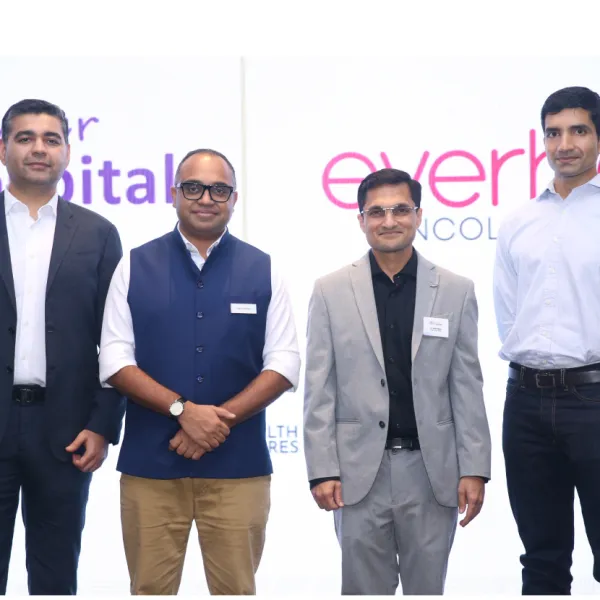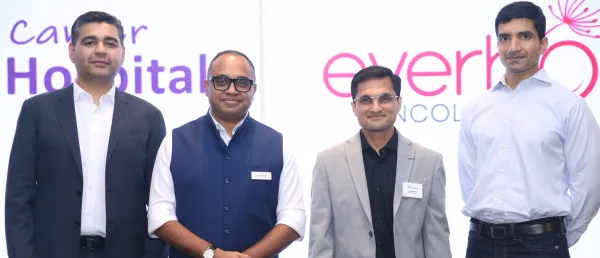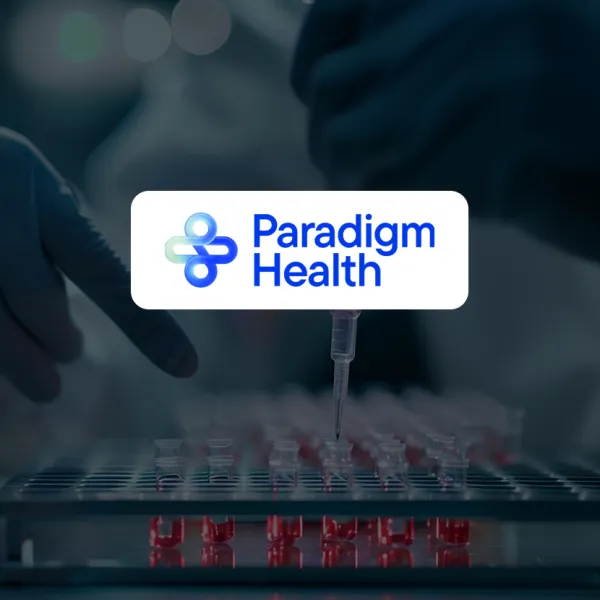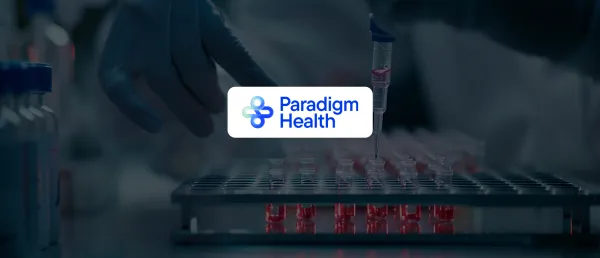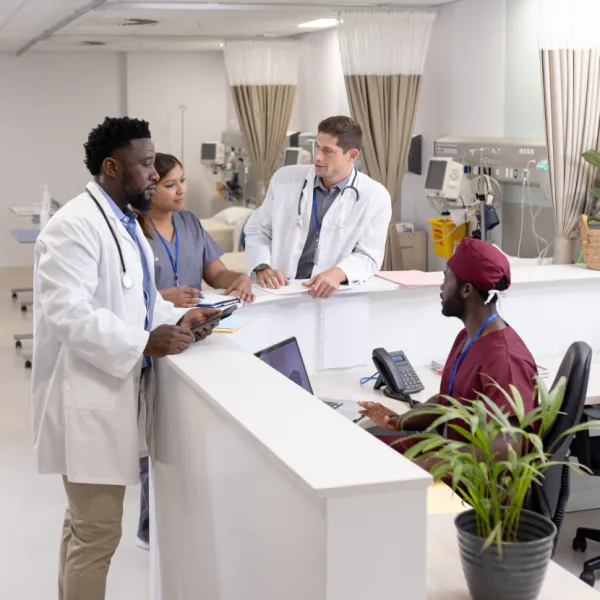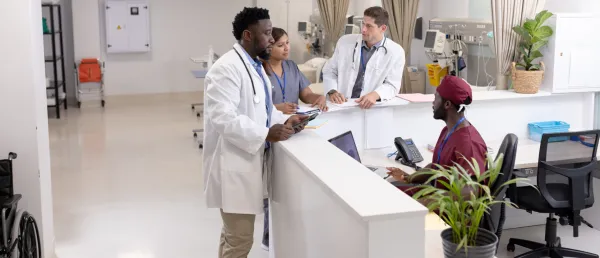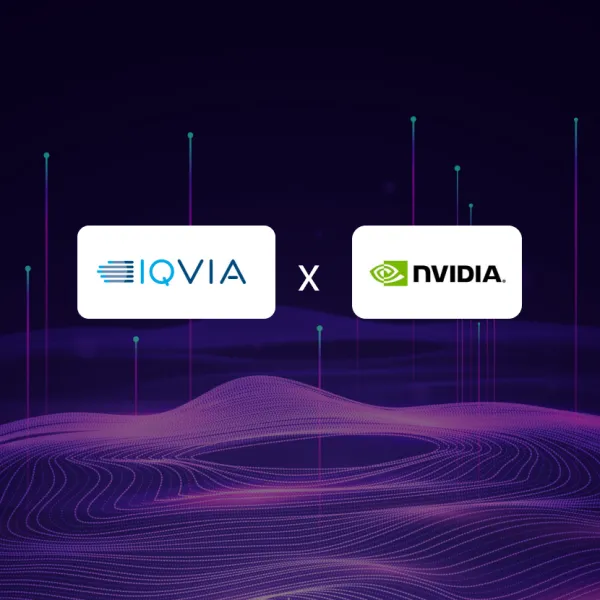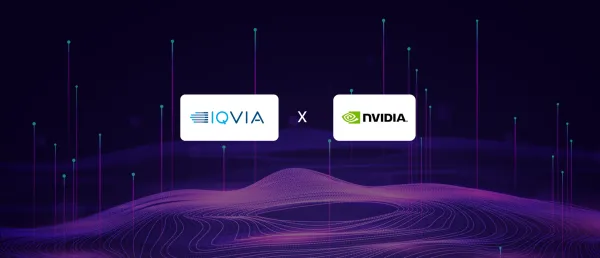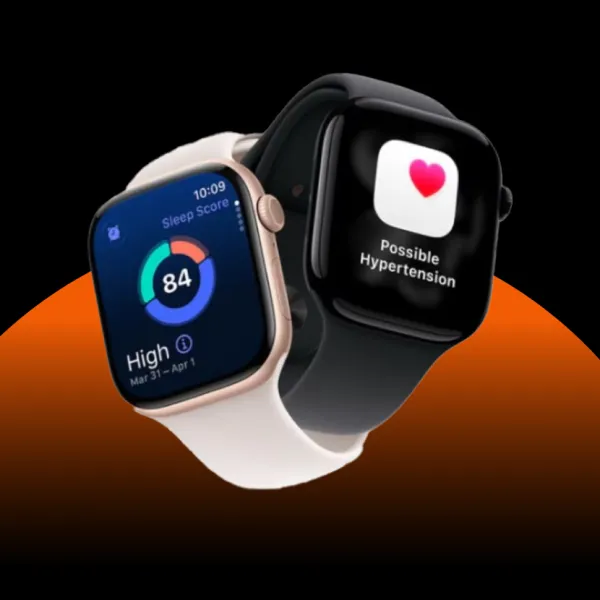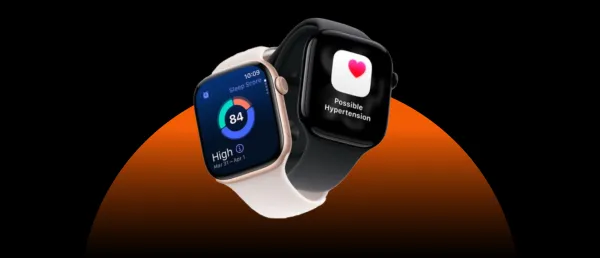India Conducts First Telerobotic-Assisted CABG Surgery Over 286 km

The procedure was performed using the SSI Mantra Surgical Robotic System, connecting SS Innovations' headquarters in Gurugram with Manipal Hospital in Jaipur, spanning 286 km. The surgery was completed in one hour and 10 minutes.
India has achieved a milestone in medical technology with its first telerobotic-assisted Coronary Artery Bypass Grafting (CABG) surgery.
The procedure was performed using the SSI Mantra Surgical Robotic System, connecting SS Innovations' headquarters in Gurugram with Manipal Hospital in Jaipur, spanning 286 km. The surgery was completed in one hour and 10 minutes.
Developed by SS Innovations, the SSI Mantra is India's first CDSCO-approved surgical robotic system for telesurgery. The procedure was led by Dr Sudhir Srivastava, Founder, Chairman, and CEO of SS Innovations International, Inc, from Gurugram, with Dr Lalit Malik, Chief of Cardiac Surgery at Manipal Hospital, Jaipur, performing on-site supervision.
The system maintained a latency of less than 35-40 milliseconds, ensuring real-time precision.
Dr Srivastava highlighted the potential of telesurgery in addressing gaps in rural healthcare.
“In rural areas, where 60 per cent of communities lack access to specialised care, telesurgery presents a critical solution. By enabling remote surgery, telesurgery eliminates the need for patients in rural areas to travel long distances for specialised treatment, reducing both financial and emotional strain," he said.
He also stressed the importance of backup surgical teams for patient safety in case of system failures.
"Another significant challenge was ensuring reliable data transmission. Additionally, latency, the delay between action and feedback, had to be kept within strict limits. Since the human brain can tolerate a maximum delay of 200 milliseconds, the system was designed to ensure real-time responsiveness," Dr Srivastava added.
Dr Malik explained that telesurgery follows similar pre-and post-operative care protocols as traditional robotic cardiac procedures.
“The patient was ready for discharge within 2-3 days, compared to traditional surgery, where recovery typically takes 7-8 days. The patient was able to mobilize earlier and experienced less pain,” he said.
Discussing future applications, Dr Malik noted that telerobotic surgery could improve access to life-saving procedures by overcoming geographical barriers. "With time, telerobotic surgery can significantly improve access to life-saving procedures, provide timely, high-quality medical care across long distances, and reduce disparities in care," he said.
This breakthrough marks a step forward in India’s efforts to integrate advanced robotics into healthcare, improving accessibility and efficiency in surgical procedures.
Stay tuned for more such updates on Digital Health News.
Stay tuned for more such updates on Digital Health News





